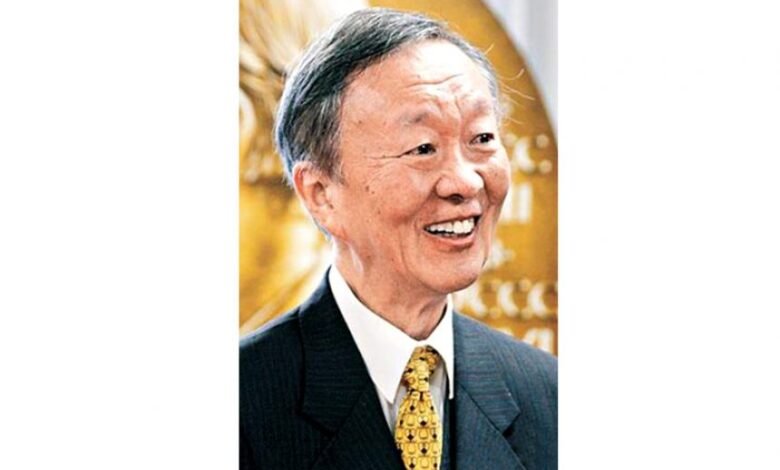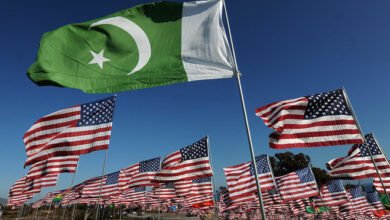Google Pays Tribute to Charles K. Kao, ‘Father of Fiber Optics’
The latest Google Doodle celebrates the 88th birthday of the late Charles K. Kao, the pioneering engineer of fiber optic communications now widely used on the Internet.

Charles K. Kao was born on November 4, 1933 in Shanghai and learned English and French as well as classical Chinese texts from an early age. In 1948 Charles Kuan Kao moved with his family to British Hong Kong, which gave him the opportunity to receive an electrical engineering training at universities in England.
During his PhD at the University of London in the 1960s, Kao worked at a Standard Telephone and Cable Research Laboratory (STC) in Harlow, Essex. There, Charles K. Kao and his colleagues experimented with optical fibers, specially designed strands of thin glass that can reflect light, often from a laser, from one end of the fiber to the other.
Read also
Microsoft Wins Title of world’s Most Profitable Company
Snapchat Follows Footprints of Facebook & Instagram
For data transmission, glass fibers can work in a similar way to metal cables by sending out the usual ones and zeros of the binary code by quickly switching a laser on and off according to the data sent.Unlike metal cables, however, optical fibers are not affected by electromagnetic interference, making the technology very promising to scientists and engineers.
At the time, fiber optic technology was being used for various other practices, including lighting and image transmission, but some found that fiber was too unreliable or lossy for high-speed data transmission. his colleagues at the STC were able to show that the cause of the deterioration in fiber optic signals is due to imperfections in the fibers themselves, more precisely in the material from which they are made.
Through many experiments they finally found out that quartz glass could have a high enough purity to transmit signals for miles, and for this purpose quartz glass is still the standard for fiber optics today. Of course, companies have continued to clean their glass since then, allowing the fiber to carry laser light over longer distances before its quality is compromised.
In 1977 General Telephone and Electronics, a telecommunications company in the United States, made history by routing phone calls over a fiber optic network in California, and things only got better from then on. Charles K.Kao continued to look to the future, leading both ongoing fiber optics research and, in 1983, his vision for fiber optics to better connect the world via submarine cables. Just five years later, TAT8 crossed the Atlantic and linked North America with Europe.
In the decades since then, fiber use has grown exponentially, particularly with the advent and growth of the Internet. In addition to the submarine fiber optics, which connect the continents of the world, and the backbone fiber optic networks with which Internet service providers connect parts of a country, it is now also possible to have a direct fiber optic connection to the Internet in your own home. As you read this article, the chances are good that your internet traffic was being sent over fiber optic cables.
When you surf the Internet today, think of Charles K. Kao and the many other engineers who made it possible to connect the world at incredibly fast speeds.



